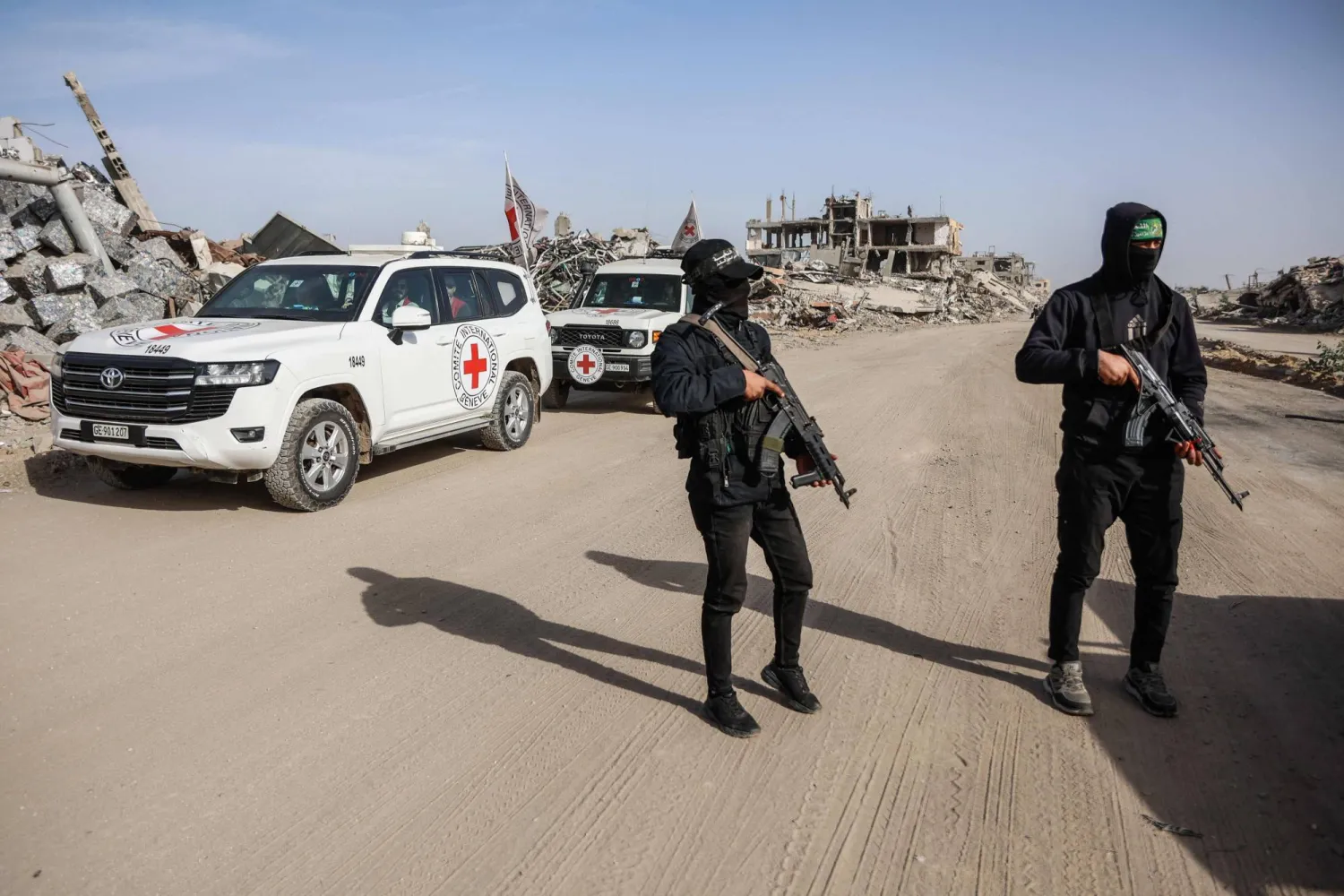The border crossing between Jordan and Syria, which has been closed for the past three years, reopened on Monday following several weeks of discussions between the two sides.
The black metal border gate was opened from the Jordanian side of the crossing at 8:00 am as more than a dozen police and customs officials stood nearby, an AFP photographer said, while several cars bearing Jordanian license plates queued on the Syrian side ready to roll in.
“The Jaber-Nassib border crossing between Jordan and Syria will be opened on Monday,” Jordanian State Minister for Media Affairs, Jumana Ghunaimat, announced Sunday.
Ghunaimat, who is also the government spokesperson, said the Jordanian-Syrian technical committees agreed on the final measures necessary to reopen the crossing during a meeting held Sunday at the Jaber Border Center.
She said the passage, known as Jaber to Jordanians and Nassib on the Syrian side, "is a vital lifeline for trade between the two brotherly countries Jordan and Syria, and through them to other Arab countries.”
However, Nael Husami, the head of the Amman chamber of industry, said that the crossing would not open to normal traffic just yet.
For its part, Syrian television quoted Interior Minister Mohammed al-Shaar as also confirming the crossing's reopening and said the border crossing and roads leading to it were being renovated.
The closure of the Nassib crossing in 2015 cut a crucial transit route for hundreds of trucks a day transporting goods between Turkey and the Gulf, and Lebanon and the Gulf, in multi-billion dollar annual trade.
Meanwhile, Iraqi Foreign Minister Ibrahim al-Jaafari arrived in Damascus on Sunday for a three-day visit.
He met with his Syrian counterpart Walid al-Muallem and discussed “speeding up” the reopening of their border, the official Sana news agency reported.
Separately, "heavy mortar shells" were fired late Saturday from the planned buffer area in Idlib province into regime territory, killing two soldiers, the Syrian Observatory for Human Rights said.
The shelling threatens a Russian-Turkish deal that calls on fighters to leave a planned buffer zone around Syria's last major rebel bastion and to hand over their heavy arms by Oct. 15.
"This is the first clear violation of the deal since the heavy weapons were withdrawn. This area is supposed to be clear of heavy weapons, including mortar shells," said head of Observatory Rami Abdel Rahman.









